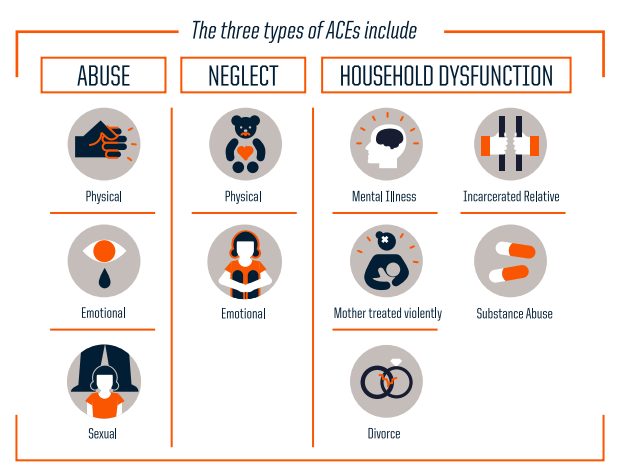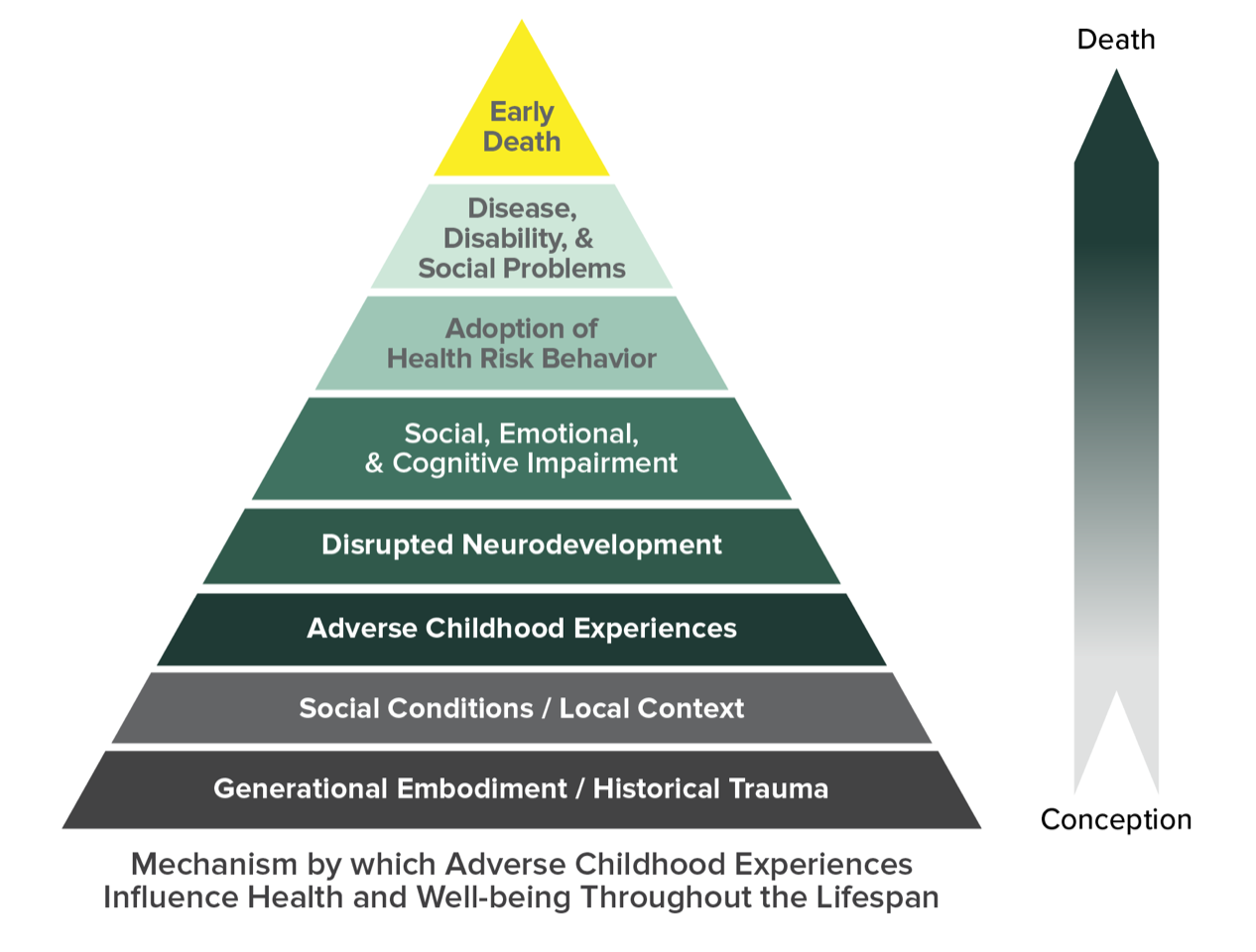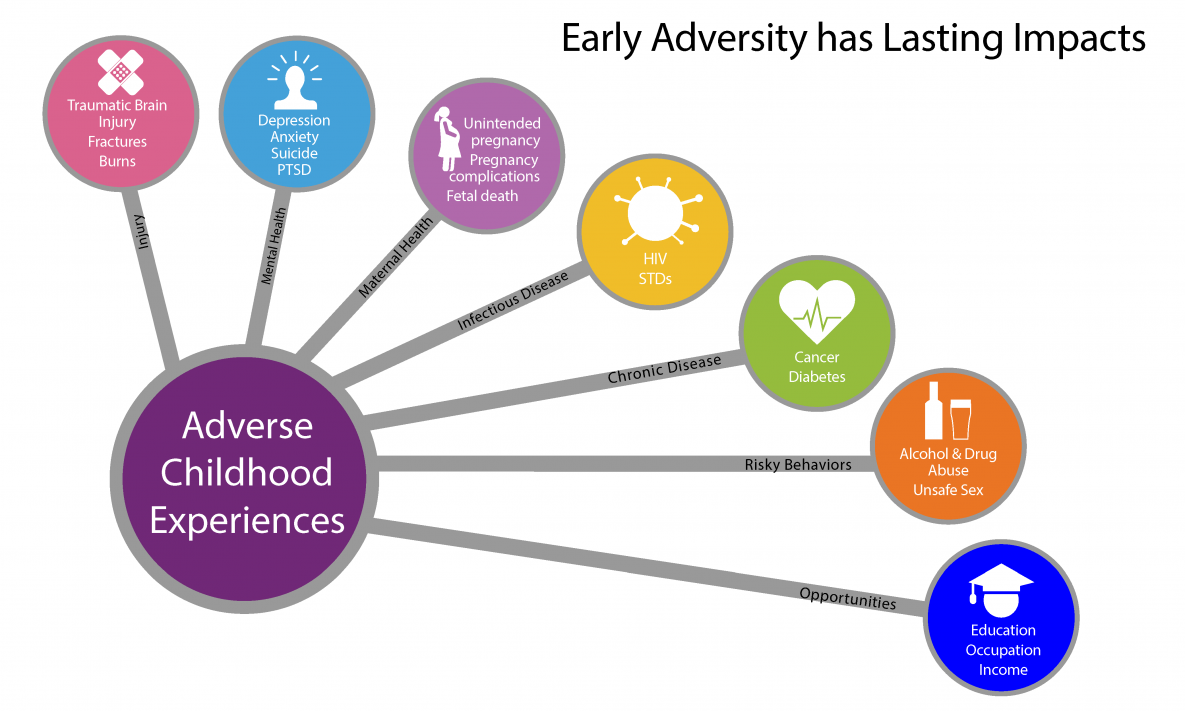Adverse Childhood Experiences (ACEs)
According to the Centers for Disease Control, Adverse Childhood Experiences (ACEs) are potentially traumatic events that occur in childhood that may put children at risk for violence, chronic health problems, mental illness, and substance abuse in adulthood. Examples of ACEs include experiencing violence, abuse, or neglect, and growing up in a household with parental conflict, substance use or mental health problems. As the number of ACEs increases, so does the risk for negative health outcomes and risk behaviors. There are protective factors that can decrease the possibility of experiencing ACEs, such as creating safe and stable relationships and environments for all children.
Indicator Gauge Icon Legend
Legend Colors
Red is bad, green is good, blue is not statistically different/neutral.
Compared to Distribution
 the value is in the best half of communities.
the value is in the best half of communities.
 the value is in the 2nd worst quarter of communities.
the value is in the 2nd worst quarter of communities.
 the value is in the worst quarter of communities.
the value is in the worst quarter of communities.
Compared to Target
 meets target;
meets target;  does not meet target.
does not meet target.
Compared to a Single Value
 lower than the comparison value;
lower than the comparison value;
 higher than the comparison value;
higher than the comparison value;
 not statistically different from comparison value.
not statistically different from comparison value.
Trend

 non-significant change over time;
non-significant change over time; 
 significant change over time;
significant change over time;  no change over time.
no change over time.
Compared to Prior Value
 higher than the previous measurement period;
higher than the previous measurement period;
 lower than the previous measurement period;
lower than the previous measurement period;
 no statistically different change from previous measurement period.
no statistically different change from previous measurement period.
State: Ohio
Health / Alcohol & Drug Use
State: Ohio Adults who Drink Excessively
State: Ohio Adults who Drink Excessively
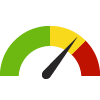






State: Ohio Death Rate due to Drug Poisoning
State: Ohio Death Rate due to Drug Poisoning






State: Ohio
Health / Cancer
State: Ohio All Cancer Incidence Rate
State: Ohio All Cancer Incidence Rate




State: Ohio Lung and Bronchus Cancer Incidence Rate
State: Ohio Lung and Bronchus Cancer Incidence Rate




State: Ohio Oral Cavity and Pharynx Cancer Incidence Rate
State: Ohio Oral Cavity and Pharynx Cancer Incidence Rate




State: Ohio
Health / Health Care Access & Quality
State: Ohio Children with Health Insurance
State: Ohio Children with Health Insurance
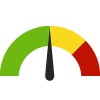



State: Ohio
Community / Crime & Crime Prevention
State: Ohio Violent Crime Rate
State: Ohio Violent Crime Rate



State: Ohio
Community / Social Environment
State: Ohio Substantiated Child Abuse Rate
State: Ohio Substantiated Child Abuse Rate



State: Ohio Children in Single-Parent Households
State: Ohio Children in Single-Parent Households



State: Ohio
Economy / Employment
State: Ohio Unemployed Workers in Civilian Labor Force
State: Ohio Unemployed Workers in Civilian Labor Force




State: Ohio
Economy / Food Insecurity
State: Ohio Child Food Insecurity Rate
State: Ohio Child Food Insecurity Rate




State: Ohio
Economy / Income
State: Ohio Income Inequality
State: Ohio Income Inequality



State: Ohio
Economy / Poverty
State: Ohio Families Living Below Poverty Level
State: Ohio Families Living Below Poverty Level



State: Ohio
Education / Student Performance K-12
State: Ohio High School Graduation
State: Ohio High School Graduation






